MI-LSAMP Research Projects
Bouncing Back from COVID: STEM Students' Post-Pandemic Resilience and Flourishing
Contributing Researchers
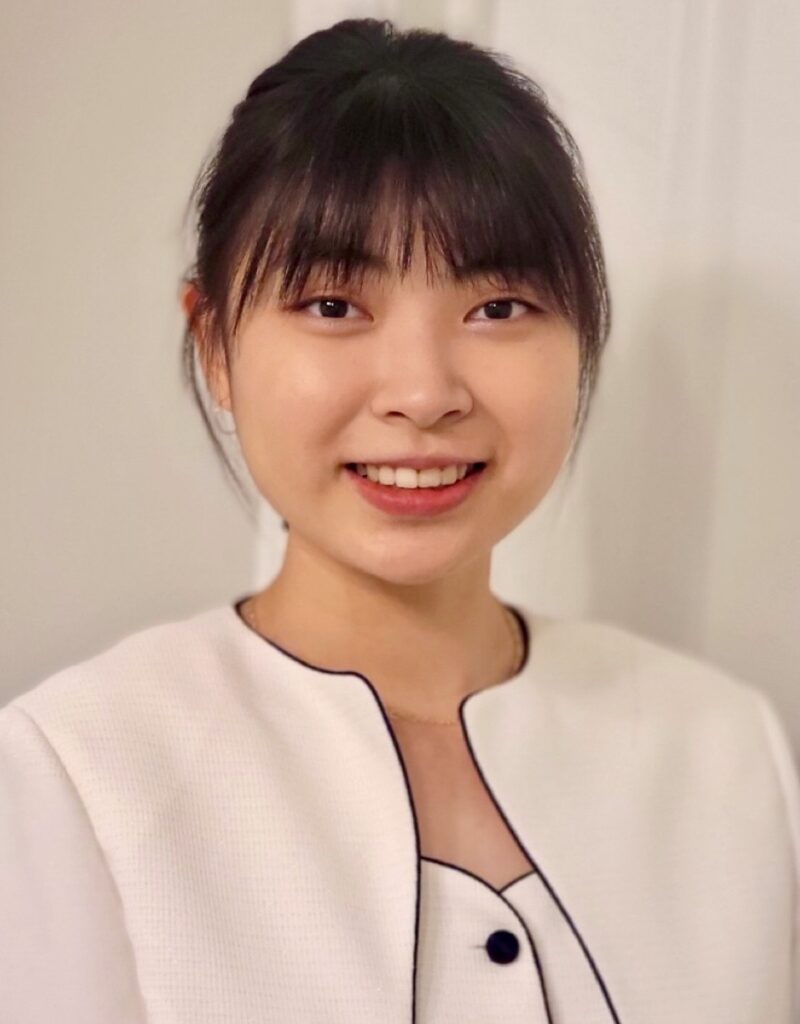
Minso Choi, M.A., The Ohio State University
Department of Educational Studies
Please contact for further information at [email protected]

Yumiao Hui, M.A., University of Virginia
Department of Statistics
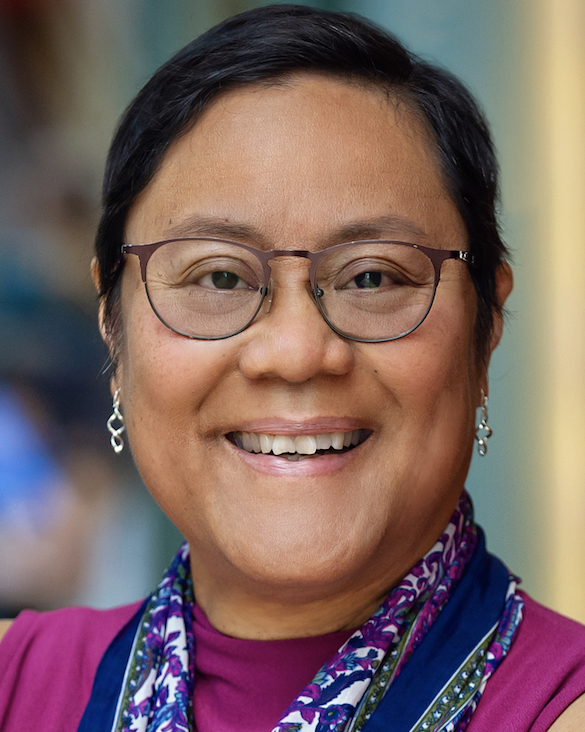
Dr. Angela Ebreo, University of Michigan
Center for the Study of Higher and Post-Secondary Education
After COVID-19, students are expected to return to normal pre-pandemic routines, even as many continually battle anxiety, depression, fear of illness, and pandemic fatigue (Kupcova et al., 2023). However, since the pandemic, “resilience” (e.g., an individual’s ability to bounce back from adversity or challenges; Martin & Marsh, 2003) and “flourishing” (e.g., positive well-being, feeling like life has purpose; Yıldırım & Green 2023) have become the defining terms of our collective experience. Our study examined STEM students’ resilience and flourishing, ongoing COVID-related stress and fatigue, and financial stability as an uncontrollable outside factor (e.g., student loan aid, scholarships, internships/jobs, and others).
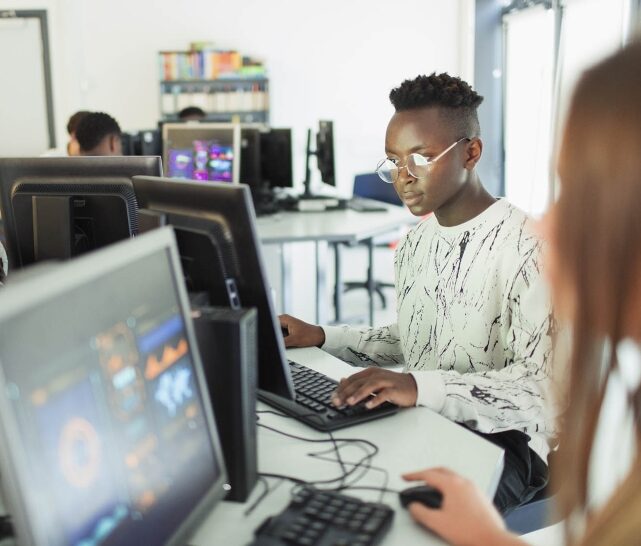
We examined 92 undergraduate STEM students during the 2022-2023 academic year (43.5% were female, 81.5% attended 4-year public universities, and 18.5% attended community college; see figure 1). There were 4 main findings:
- Students still experienced COVID-related stress and fatigue in 2022-2023
- COVID-related fatigue boosted resilience and flourishing, while stress had no effect
- Better financial stability improved students’ resilience and flourishing
- Better financial stability increased COVID stress and fatigue, suggesting students may be facing other life stressors
Our findings reveal that STEM students are developing resilience and flourishing but are still experiencing lingering COVID-related stress and fatigue. Universities must support this transition back to normalcy. Although further research is needed to understand best methods for supporting students, current research recommends helping students navigate the “hidden curriculum” in higher education, addressing educational challenges, and using trauma-informed approaches (for example, the “Four R’s”: realization, recognition, responding, and resisting retraumatization) (Minkos & Gelbar, 2021; Pownall et al., 2022).
Figure 1
Study Demographics
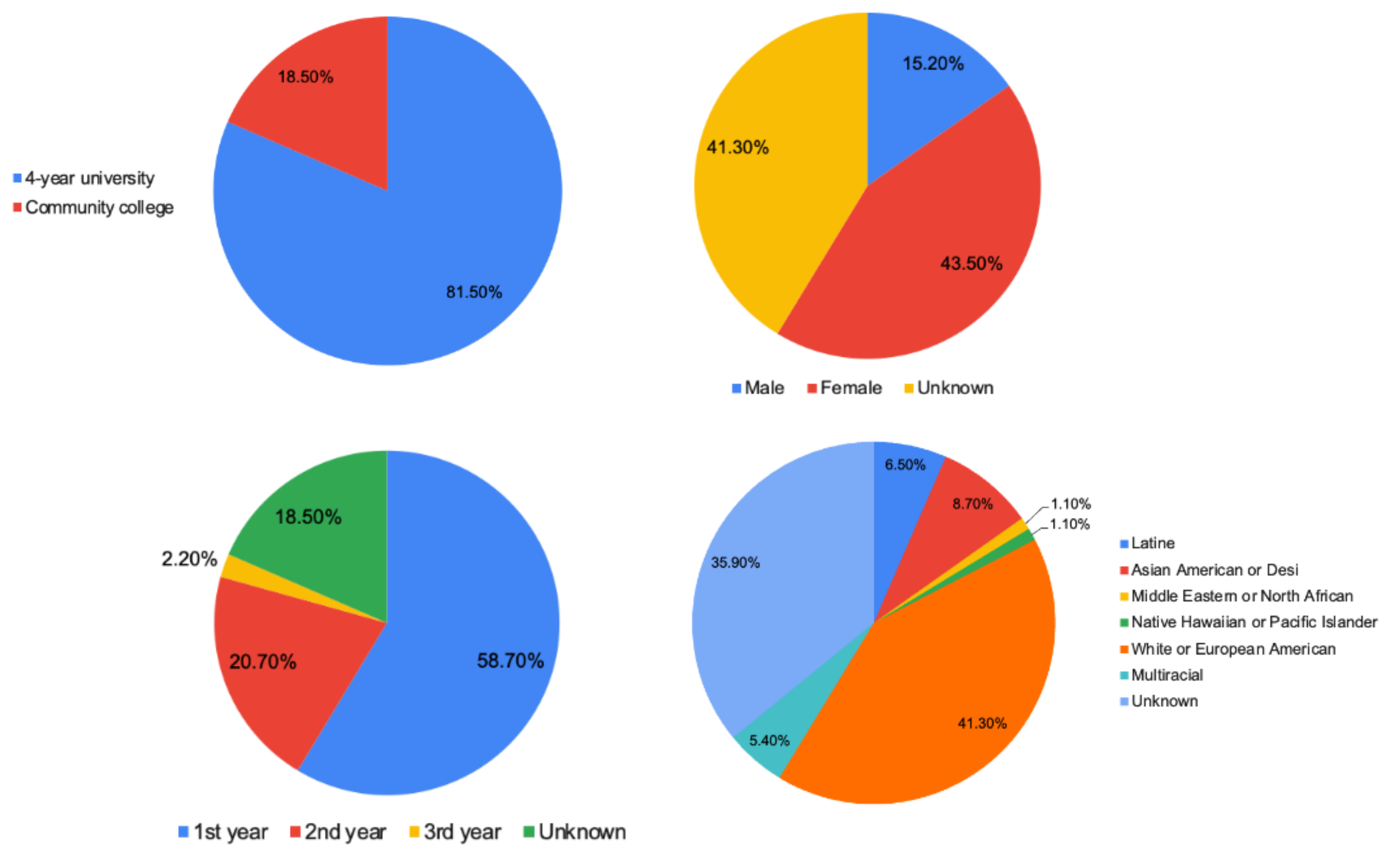
Acknowledgement
This work was partially supported by a grant from the Directorate for STEM Education, National Science Foundation 2109942, Tabbye Chavous, PI). The opinions, findings, conclusions and recommendations expressed are those of the authors and do not reflect the views of the National Science Foundation.
References
Kupcova, I., Danisovic, L., Klein, M., & Harsanyi, S. (2023). Effects of the COVID-19 pandemic on mental health, anxiety, and depression. BMC psychology, 11(1), 108. https://doi.org/10.1186/s40359-023-01130-5
Martin, A. J. & Marsh, H. W. (2003). Academic Resilience and the Four Cs: Confidence, Control, Composure, and Commitment.
Minkos, M. L., & Gelbar, N. W. (2021). Considerations for educators in supporting student learning in the midst of COVID‐19. Psychology in the Schools, 58(2), 416-426. https://doi.org/10.1002/pits.22454
Pownall, M., Harris, R., & Blundell-Birtill, P. (2022). Supporting students during the transition to university in COVID-19: Five key considerations and recommendations for educators. Psychology Learning & Teaching, 21(1), 3-18. https://doi.org/10.1177/1475725721103248
Yıldırım, M., & Green, Z. A. (2024). Social support and resilience mediate the relationship of stress with satisfaction with life and flourishing of youth. British Journal of Guidance & Counselling, 52(4), 685-696. https://doi.org/10.1080/03069885.2023.2172551
Breaking barriers, building futures: Exploring the role of a STEM program on students STEM persistence and perceptions of future selves
Contributing Researchers
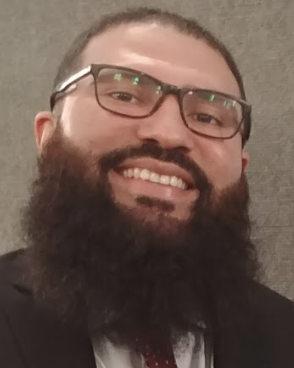
Joseph Romero-Reyes, Ph.D., Iowa State University
Department of Educational Studies
Please contact for further information at [email protected]

Dr. Angela Ebreo, University of Michigan
Center for the Study of Higher and Post-Secondary Education
Programs designed to increase the participation of historically underrepresented students in science, technology, engineering and mathematics (STEM) play a critical role in fostering student development, persistence, and degree completion (Antindama et al., 2025; Palid et al., 2023). Despite decades of evidence supporting the utility and effectiveness of these efforts, programs centered on diversity and equity have become targets of political scrutiny and ideological resistance, reflecting the broader sociopolitical tensions that surround equity efforts across STEM and higher education (Kamalumpundi et al., 2024). As such, centering the lived experiences and narratives of underrepresented STEM students who participate in these programs is essential. These student narratives not only illustrate the strengths they bring into their higher education environment but also reveal the multilevel systems that activate these students’ assets.
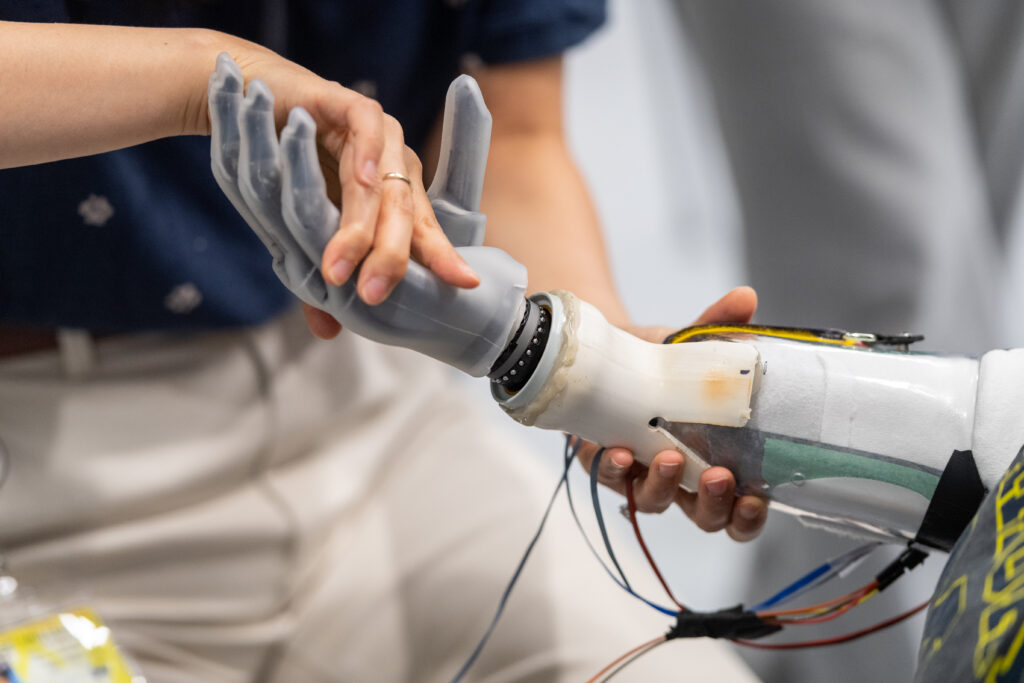

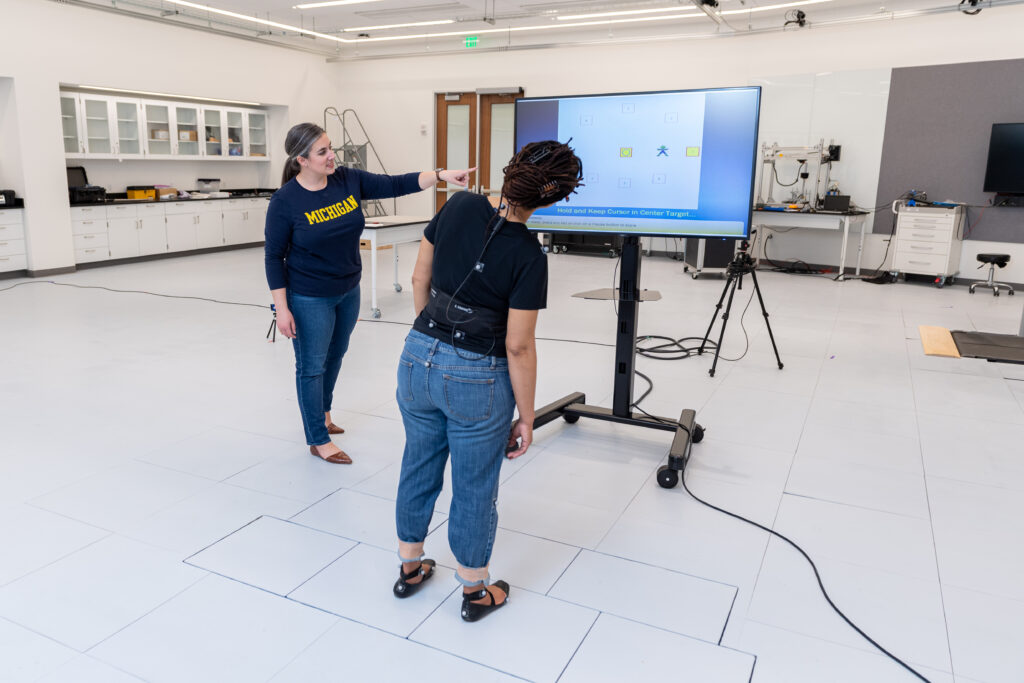
While data collection and data analysis are still ongoing, we have conducted nine interviews with
undergraduate students participating in the STEM Pathways to Possibilities (pseudonym)
program. After two rounds of open and focused coding, we have identified four preliminary core
themes followed by several subthemes. The four core themes are:
- Prior educational opportunities shaping STEM degree aspirations.
- Perceptions of STEM degree as pathways to future and satisfying career opportunities.
- STEM Pathways to Possibilities program critical to academic support and networking
opportunities. - Perceptions of future self as key to students STEM persistence and STEM identity
development.
These preliminary core findings reveal that prior educational opportunities have influenced students’ decisions to pursue and stay committed to their STEM degrees. Moreover, students place high value on their STEM degrees and view them as a pathway to future fulfilling careers in STEM, contributing to students’ STEM persistence and STEM identity. Participants also benefited from enhanced academic support and networking opportunities provided by the STEM Pathways to Possibilities program. Furthermore, core components of the program aligned with students’ perception of their future selves. Therefore, they viewed the program as critical to their persistence and future career and academic aspirations. These findings are crucial for informing policy recommendations to underscore the utility and efficacy of STEM-focused initiatives in fostering the personal, academic, and professional growth of historically underrepresented undergraduate students pursuing STEM degrees.
References
Atindama, E., Ramsdell, M., Wick, D. P., Mondal, S., & Athavale, P. (2025). Impact of targeted
interventions on success of high-risk engineering students: a focus on historically
underrepresented students in STEM. Frontiers in Education (Lausanne), 10.
https://doi.org/10.3389/feduc.2025.1435279
Kamalumpundi, V., Neikirk, K., Kamin Mukaz, D., Vue, Z., Vue, N., Perales, S., & Hinton, A.
(2024). Diversity, equity, and inclusion in a polarized world: Navigating challenges and
opportunities in STEMM. Molecular Biology of the Cell, 35(11), vo2-.
https://doi.org/10.1091/mbc.E24-06-0264
Palid, O., Cashdollar, S., Deangelo, S., Chu, C., & Bates, M. (2023). Inclusion in practice: a
systematic review of diversity-focused STEM programming in the United States.
International Journal of STEM Education, 10(1), Article 2.
https://doi.org/10.1186/s40594-022-00387-3
Building Support Networks in Stem Education
Contributing Researchers
Lead Research, The Ohio State University
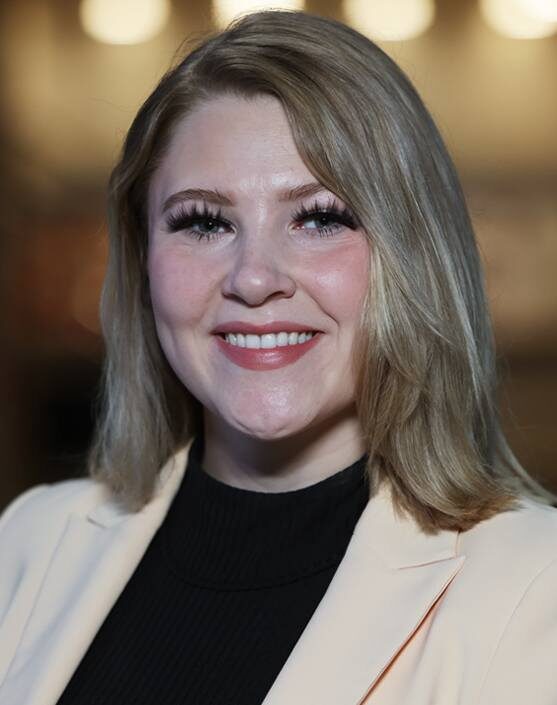
Olivia Callahan, M.A., University of Michigan
Computer Science and Engineering

Minso Choi, M.A., The Ohio State University
Department of Educational Studies

Dr. Angela Ebreo, University of Michigan
Center for the Study of Higher and Post-Secondary Education
Overview
This research explores how undergraduate students in science, technology, engineering, and mathematics (STEM) fields engage with support systems during their educational journey. Using reflective journaling and interviews, the study examines how students form meaningful connections with peers, faculty, and academic mentors that strengthen their persistence and success in STEM education.
Support networks are defined broadly to include peer groups, academic mentors, and institutional staff who provide encouragement, resources, and guidance. Using reflective journaling and one-on-one interviews, we explored how students conceptualize and activate support from peers, faculty, and mentors across institutional contexts. The research draws from the Bowman Strengths-Based Role Strain and Adaptation Model. Data from the 2021–2023 academic years suggest that structured engagement opportunities enable students to build a sense of community and develop confidence navigating STEM environments.
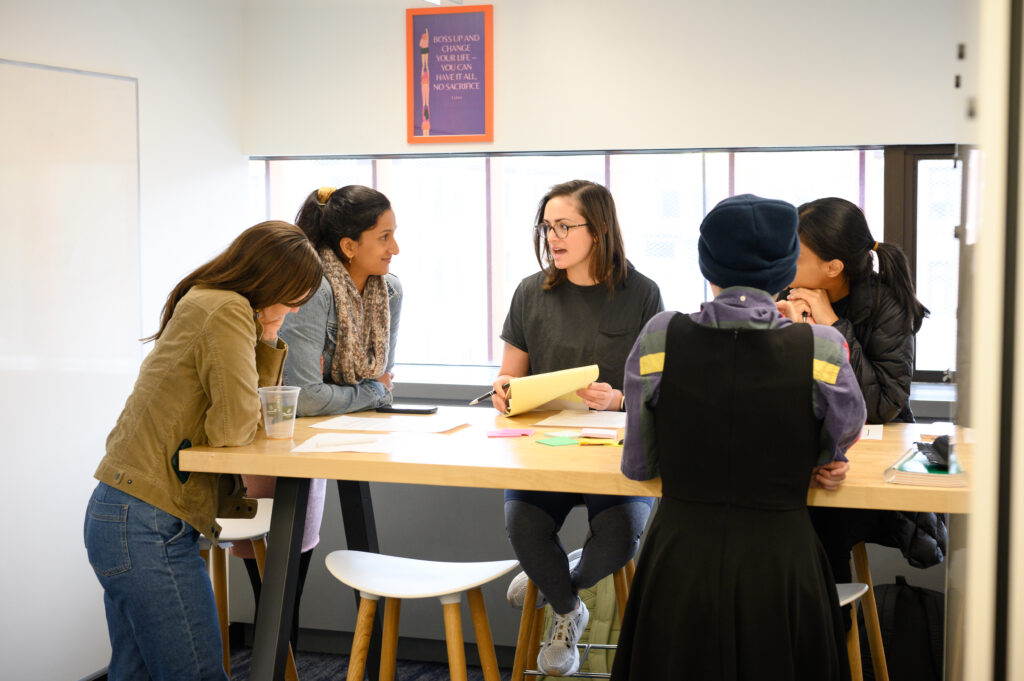
Research Highlights
We explored the development of support systems through:
- Reflective journaling and in-depth interviews with undergraduate STEM students
- Application of the Bowman Strengths-Based Role Strain and Adaptation Model to analyze student experiences
- Identification of strengths and barriers
Key Findings
- Students view peer mentorship and staff guidance as critical to their sense of belonging in STEM
- Structured support programs help students navigate academic stress and identity development
- Faculty relationships often grow through repeat exposure in both classroom and co-curricular spaces
- Practical opportunities like research placements help students affirm or adjust their academic trajectories

What Do Students Have To Say? Let's Hear Some Student Perspectives:
“You learn resources, and you meet other classmates… you can talk.”
“She was, hands down the best supporter there was… They are right there when I call on them.”
“I had a research opportunity… It was definitely a good experience.”
Acknowledgements
This project is supported by the Directorate for STEM Education through a National Science Foundation grant 2109942, Tabbye Chavous, PI. The views expressed do not necessarily reflect those of the National Science Foundation.